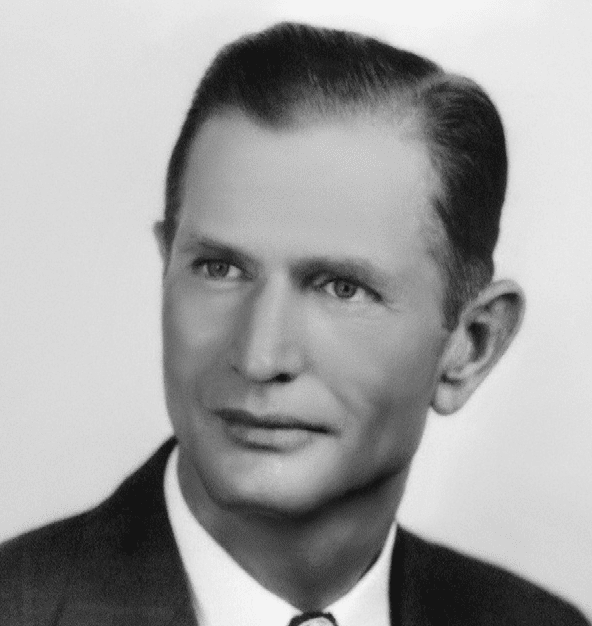Agricultural Sciences Center
Page Navigation
LD Robinson Pavilion
-
 Long before setting foot in Katy, L.D. Robinson was a successful principal and educator. And it was that success, leadership and devotion which drove J.A. Marshall, former director of Vocational Agriculture for the Texas Education Agency, to contact Robinson about the flailing agricultural program that was about to be discontinued in a little Texas town just west of Houston.
Long before setting foot in Katy, L.D. Robinson was a successful principal and educator. And it was that success, leadership and devotion which drove J.A. Marshall, former director of Vocational Agriculture for the Texas Education Agency, to contact Robinson about the flailing agricultural program that was about to be discontinued in a little Texas town just west of Houston.Marshall pushed Robinson to consider what he could do to rebuild the fledgling program. Robinson’s greatest joy was instilling strong values, a winning spirit and leadership skills into his students, while developing self-esteem. His character and vision aligned exactly with what the original Future Farmers of America organization was all about. So he dreamed of big plans to build one of the best FFA chapters and agricultural education programs in the state. With Marshall’s recruitment and connections, L.D. Robinson was hired to do just that in Katy ISD.
In 1942, L.D. and Ruby Robinson moved their family to Katy, which had just one school that housed all grade levels. He knew he had to act fast to implement his dream: an FFA chapter like no other. One that would include a science farm, livestock show and rodeo, complete with a lighted rodeo arena, and more. All of it would be a self-sustaining program that would not cost the district any money.
Some thought Robinson was “an impossible dreamer,” but that did not deter the visionary educator. Katy already had an FFA chapter. But with only 18 members and $57 in the chapter treasury, he knew he needed to raise money to support and grow the program. In 1943, for just $45, Robinson bought nine pigs to raise and auction. They were housed in the old PTA shack he bought for $12.50, creating a hands- on learning experience for the Ag students.
To gather a crowd for the auction, Robinson had the ingenuity to organize a “Cowboy Sports Rally Rodeo” as entertainment to coincide with the pig sale. Thus, it marked the very first Katy ISD FFA Livestock Show and Rodeo. He used the event not only as an opportunity to raise funds for the program, but also as a way to bring the community together through a common bond. The establishment of the parade encouraged even further community involvement. The event developed into the first full-service K-12 program of its kind in the nation.
Facilities were needed to house the program. Using a model of his own plans built by himself and his wife, he garnered support at the first Katy High School Father-and-Son FFA Banquet and then with the Katy ISD School Board. It became a total community effort. Everyone would show up to help build each phase of the project. In 1947, a farm complex, barns, bleachers and an arena were completed just south of Katy High School.
News quickly spread and students became excited to participate as evidence of the rapid receipt of various state and national recognitions. It became a model program for others to follow, and for years, Robinson held the record for having the most students to receive the State Lone Star Farmers Degree – all under the leadership of one teacher.
The educational value of the program for the students involved far surpassed expectations and to this day, it is highly supported by the Katy ISD School Board.
Robinson’s contributions to the 76-year-old program are far too many to list, and the impact he had on students, families and the community is far too much to put into words.
Before he retired, he received the National Honorary American Farmers Degree, the highest honor that can be bestowed on an agricultural science teacher, and was selected as the outstanding agricultural science teacher in the nation. Robinson retired after teaching almost 29 years at Katy High School.
Because of Robinson’s dream and vision, Katy ISD’s FFA programs now exist in every comprehensive high school and more than 3,200 students benefit from the lessons, mission and education offered. He is a legacy that has truly built a foundation of educational excellence for Katy that is carried on today.

